The TrimUI BRICK has emerged as a promising handheld gaming device, challenging the likes of the Miu Mini and RG 35xx. This blog delves into its features, performance, and overall value for gamers looking for a compact emulation solution.
Table of Contents
- 🎮 Introduction to Handheld Gaming
- 🚀 The Rise of the TrimUI BRICK
- 🤔 Initial Impressions
- 💼 Sponsorship Mention
- 📦 Unboxing the TrimUI BRICK
- 🛠️ Build Quality and Design
- 📋 User Instructions and Setup
- 🔧 Button Configuration and Functionality
- ⚙️ Game Compatibility and Performance
- 📺 Screen Quality and Resolution
- 🖥️ User Interface Experience
- 🎮 Testing 3D Games
- 📱 Game Boy Advance Performance
- 💔 Nintendo DS Challenges
- 🎮 Super Nintendo Entertainment System (SNES) Performance
- 🔊 Audio Quality and Output
- 🕹️ Nintendo 64 Emulation Experience
- 📱 PlayStation Portable (PSP) Performance
- 🌐 Wi-Fi and Netplay Capabilities
- 💭 Final Thoughts on the TrimUI BRICK
- 📣 Community Feedback and Suggestions
🎮 Introduction to Handheld Gaming
Handheld gaming has become a significant part of the gaming landscape, offering portability without sacrificing performance. As technology advances, handheld devices are now capable of emulating classic consoles, providing gamers with a nostalgic experience on-the-go. From the early days of the Game Boy to modern devices like the TrimUI BRICK, the evolution of handheld gaming continues to captivate enthusiasts.
The appeal lies not only in the convenience but also in the ability to play a vast library of games across multiple platforms. With the rise of emulation, gamers can experience titles from NES to PSP, all packed into compact devices. This blog will explore the latest addition to this category, the TrimUI BRICK, and how it stacks up against its competition.
🚀 The Rise of the TrimUI BRICK
The TrimUI BRICK has quickly gained attention since its release, positioning itself as a formidable contender in the handheld gaming market. It boasts similar specifications to popular devices like the RG 35xx while introducing unique features that set it apart. The combination of performance and aesthetics has garnered a dedicated following.
One of the standout aspects of the BRICK is its design, reminiscent of the beloved analog pocket. This has sparked interest among gamers who appreciate the blend of retro and modern styling. As users seek devices that not only perform well but also look good, the TrimUI BRICK appears to fulfill this demand effectively.
🤔 Initial Impressions
Upon first handling the TrimUI BRICK, many users have reported an immediate positive impression. The build quality feels solid and robust, giving a sense of durability. Although it is slightly larger than the Miu Mini, it remains compact enough to fit comfortably in a pocket.
The button layout is intuitive, with a satisfying click that enhances the gaming experience. However, some users have noted that the d-pad could be larger for better control. Overall, the initial feedback highlights a device that feels well-crafted and ready for gaming adventures.
💼 Sponsorship Mention
This blog is brought to you in part by our sponsor, UG Green. They offer innovative charging solutions that complement your gaming lifestyle. With products like the Uno Wireless Power Bank, you can stay powered up while enjoying your handheld gaming sessions. Visit the link in the description to check out their offerings and take advantage of their special deals!
📦 Unboxing the TrimUI BRICK
Unboxing the TrimUI BRICK is an experience in itself. The packaging is sleek and modern, echoing the device's aesthetic appeal. Inside, you’ll find the handheld console, a basic instruction manual, and essential cables. The absence of detailed instructions can be a bit frustrating, but the excitement of discovering the device makes up for it.
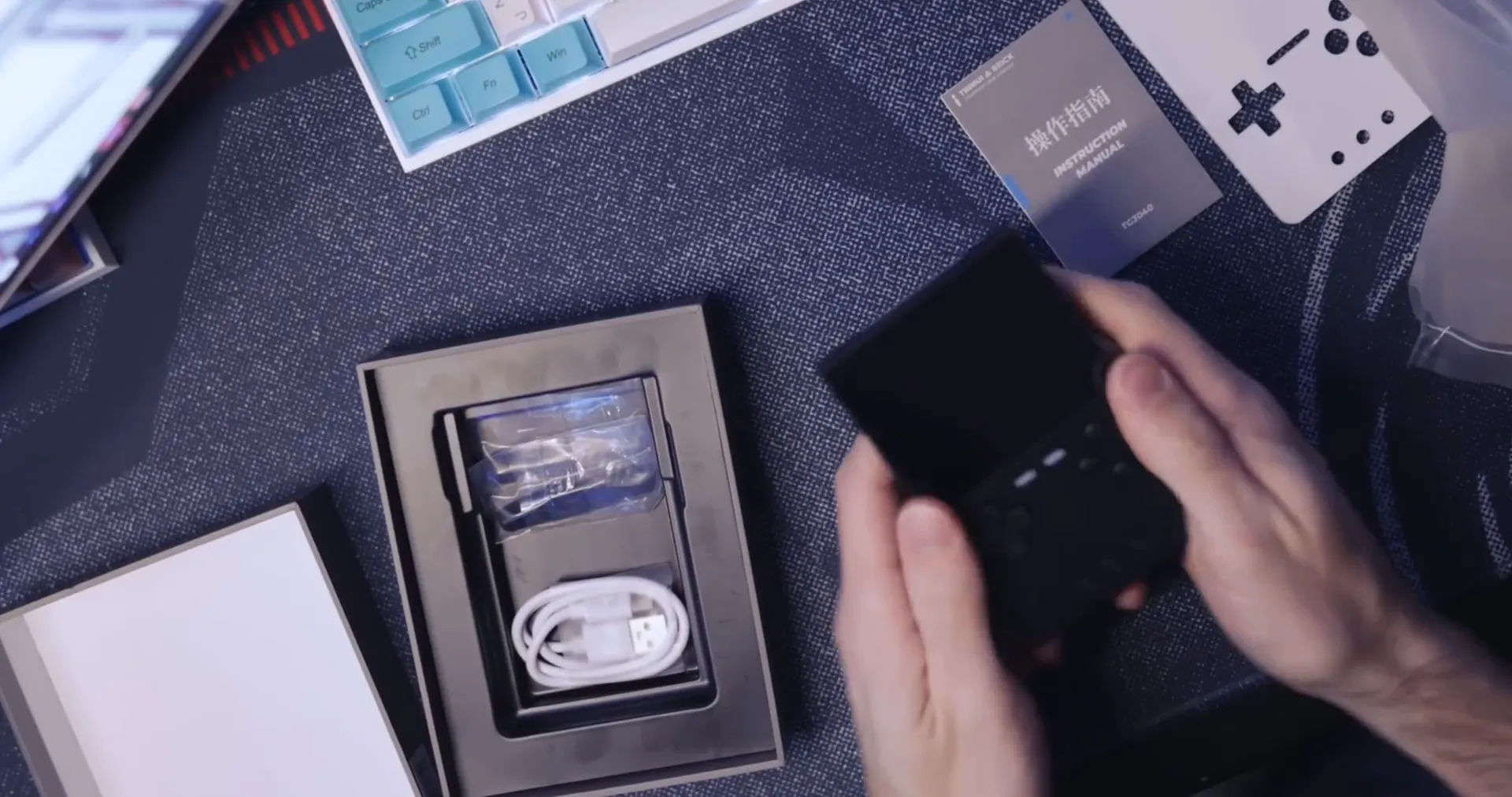
🛠️ Build Quality and Design
The build quality of the TrimUI BRICK is impressive. It strikes a balance between lightweight and sturdy, making it ideal for extended gaming sessions. The device features a thoughtfully designed layout, with buttons that provide tactile feedback, enhancing the overall user experience.
Visually, the BRICK draws inspiration from the analog pocket, featuring a similar color scheme and design elements. The inclusion of light-up accents adds a modern touch, making it visually appealing. Users have noted that the overall design feels premium compared to other devices in the same price range.
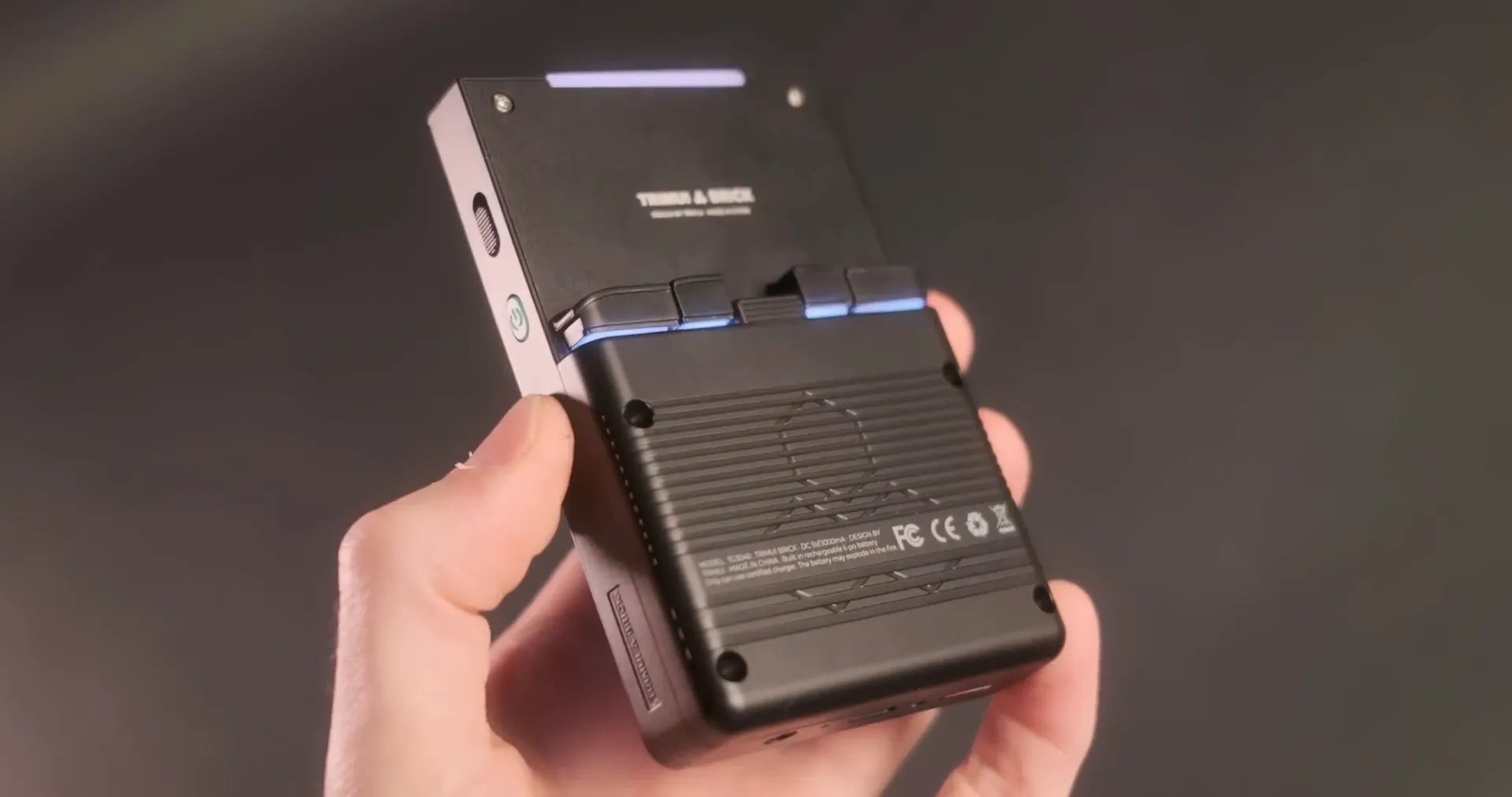
📋 User Instructions and Setup
Setting up the TrimUI BRICK is a straightforward process, although the limited instructions may leave some users scratching their heads. The device features a single micro SD card slot, which is essential for loading games. Additionally, there are two USB-C ports, one for game transfers and another for charging.
While the initial setup is simple, users might benefit from watching online tutorials or guides for a smoother experience. The presence of extra function buttons allows for customization, but figuring out their use can be a bit of a learning curve. Overall, the setup process is manageable, especially for those familiar with handheld devices.
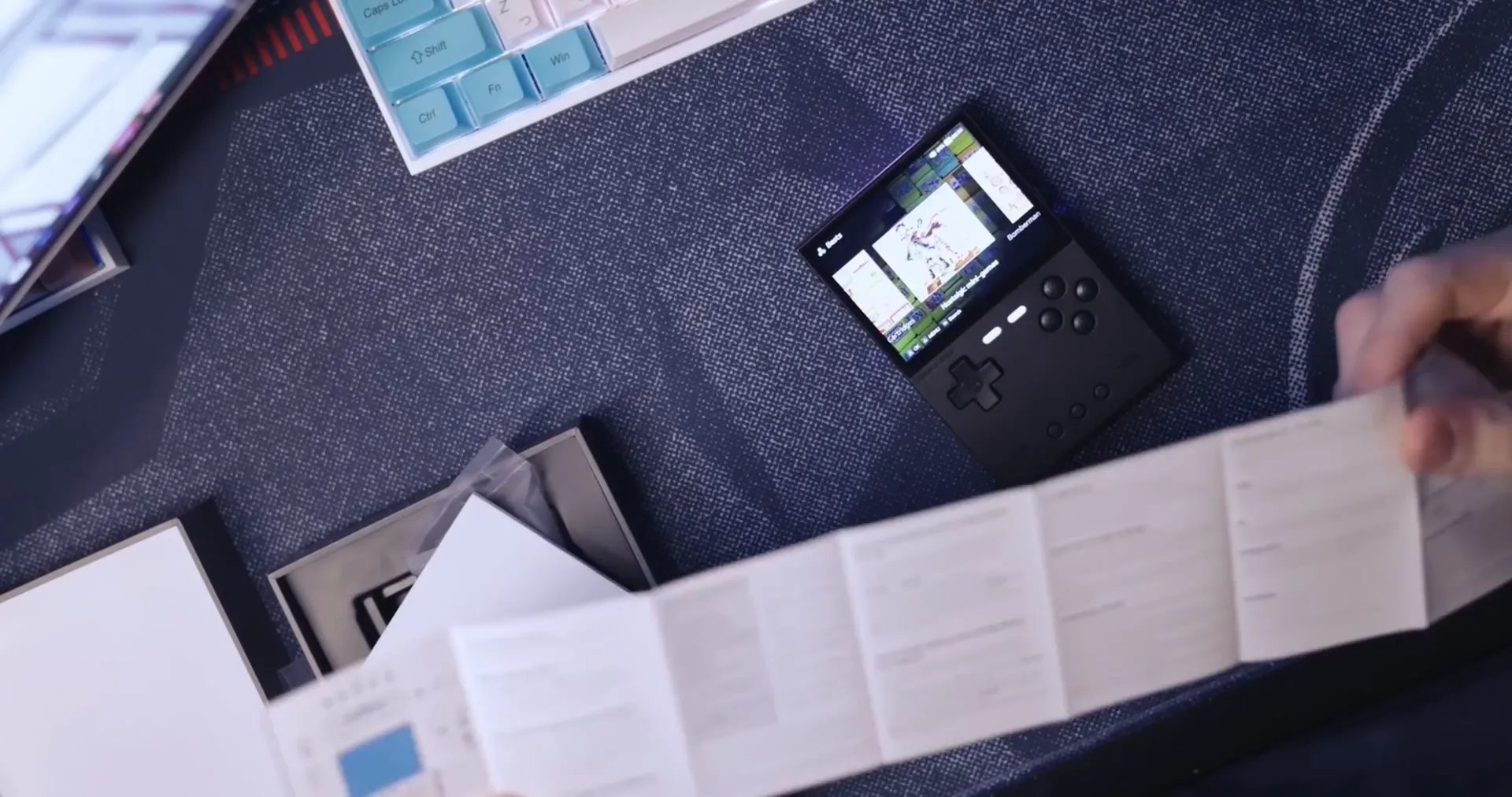
🔧 Button Configuration and Functionality
The button configuration on the TrimUI BRICK is designed to enhance the user experience, but it does come with some quirks. The device features an intuitive layout, but the d-pad size has received mixed reviews. Many users feel it could be larger for better control, especially in fast-paced games.
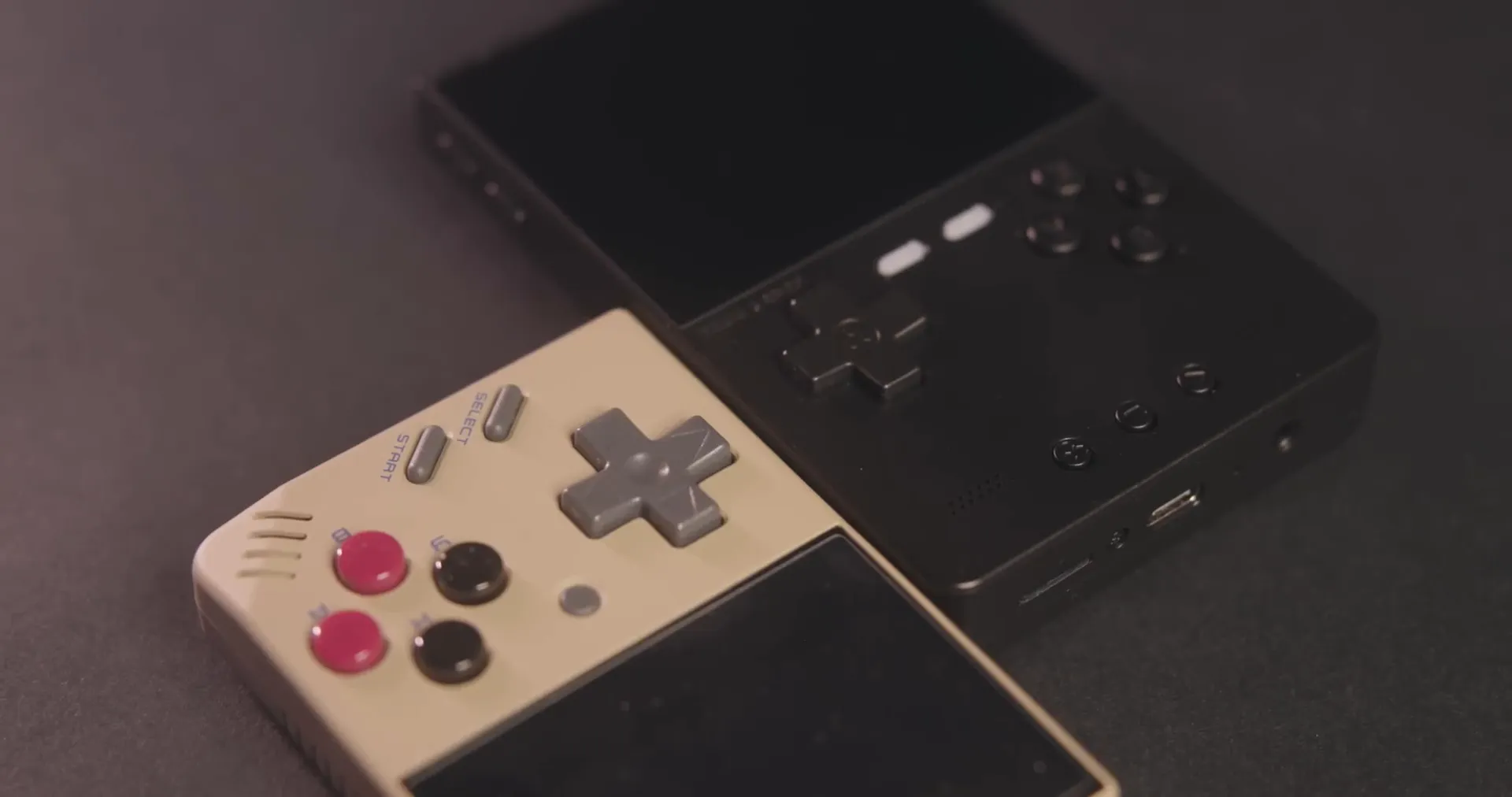
Additionally, the BRICK includes two sets of shoulder buttons that can be swapped out for different heights. This feature is particularly useful for gamers who prefer different tactile responses. However, the process of swapping them out isn't clearly documented, which can lead to some confusion.
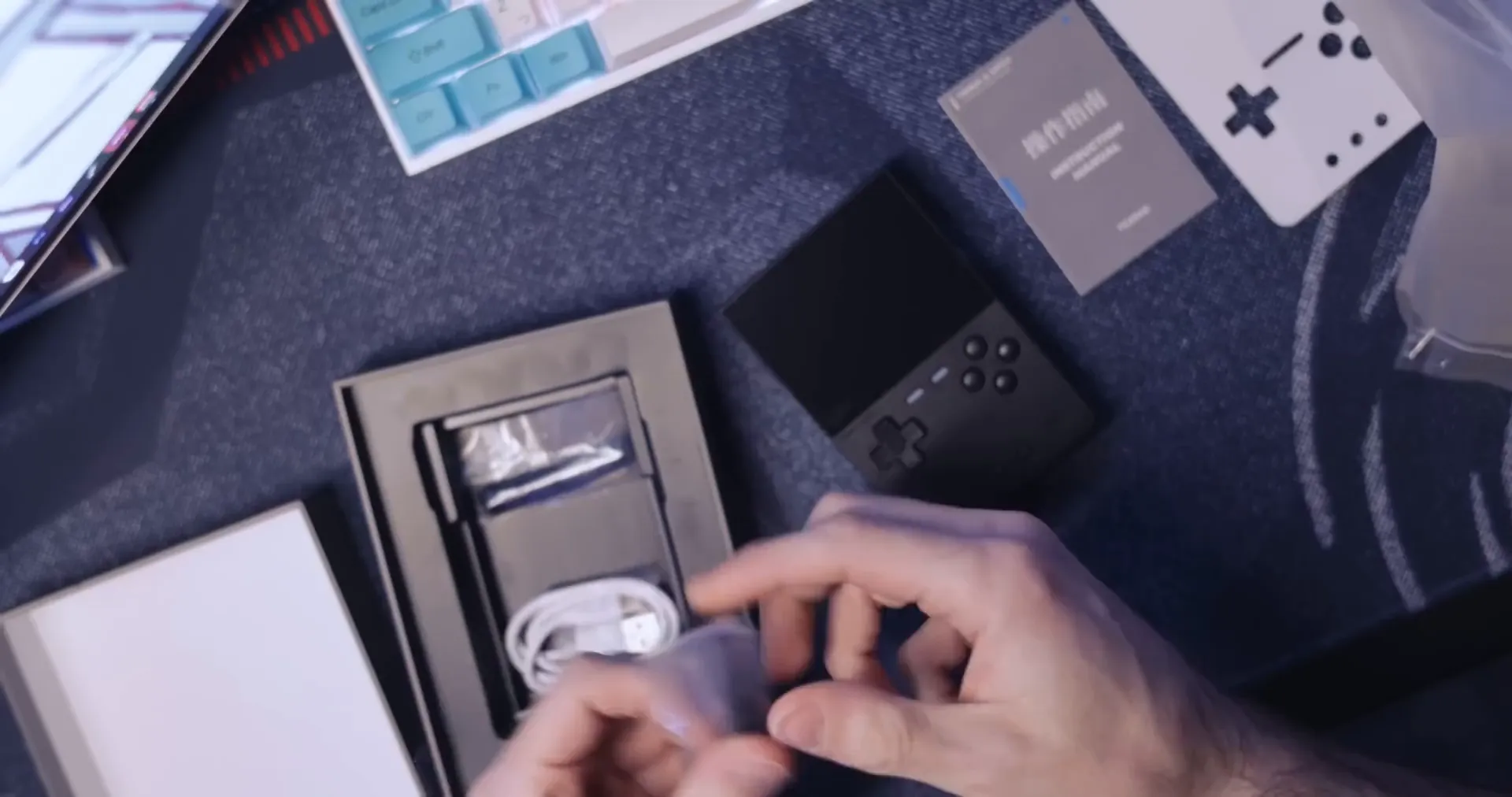
The presence of extra function buttons is a standout feature. These buttons can be customized for various tasks, allowing users to tailor their gaming experience. However, the lack of clear instructions on how to utilize these features can be frustrating for new users.
⚙️ Game Compatibility and Performance
When it comes to game compatibility, the TrimUI BRICK supports a wide range of systems, from NES to PSP. This versatility is one of its strongest selling points. It can handle classics like Game Boy Advance and even some 3D titles, which is impressive for such a compact device.
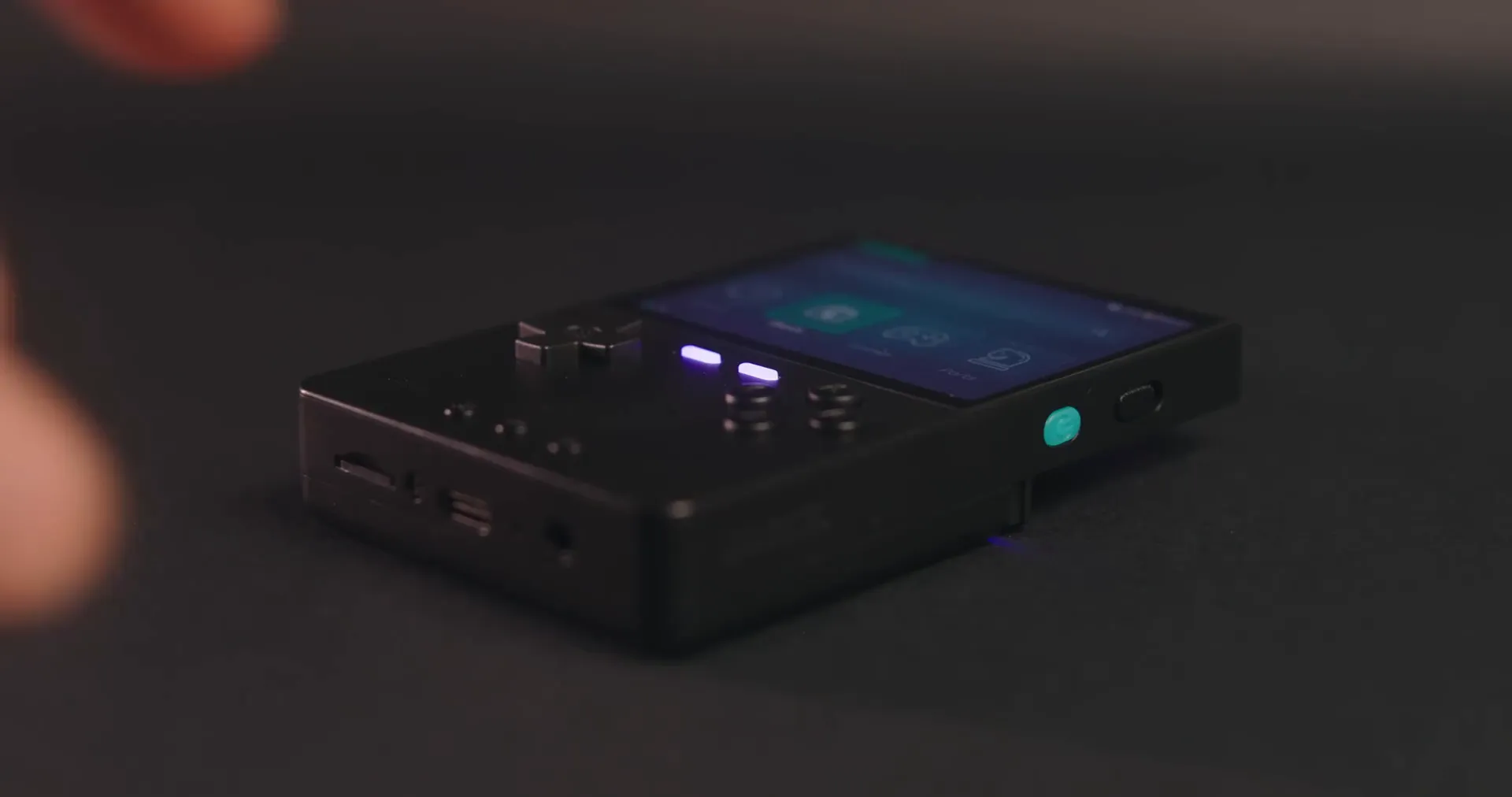
However, the performance can vary based on the game. While many titles run smoothly, some users have reported issues, particularly with 3D games. For instance, games like Sonic Adventure 2 may experience minor hiccups, but overall, the experience remains enjoyable.
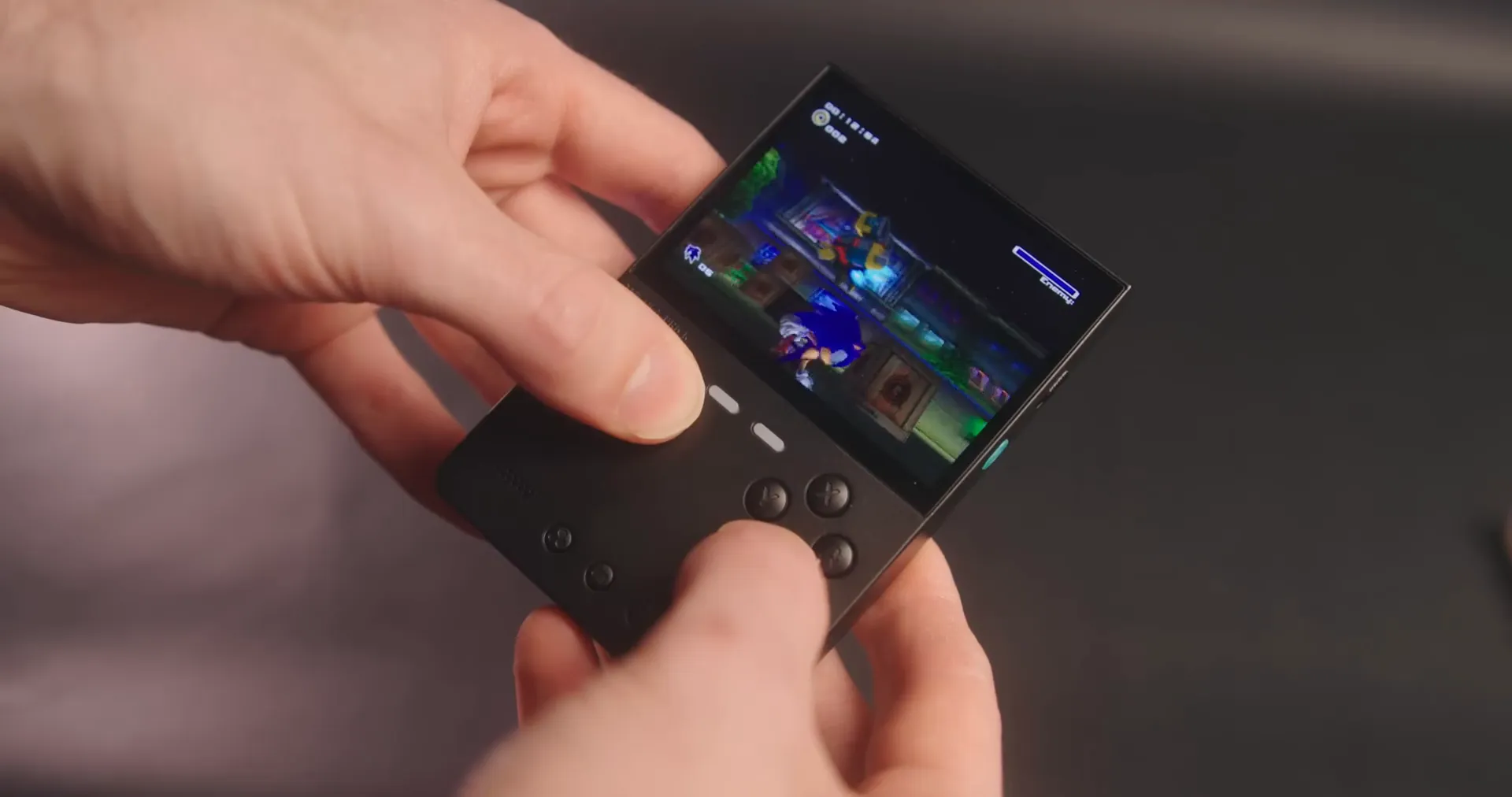
It's worth noting that the BRICK's ability to emulate N64 games is a point of contention. Some games perform well, while others struggle. The device may not support certain titles effectively, which could be a dealbreaker for some gamers.
📺 Screen Quality and Resolution
The TrimUI BRICK features a 3.2-inch display with a resolution of 1024x768 pixels. This unique resolution offers a 4:3 aspect ratio, which is ideal for many retro games. The high pixel density helps mask some scaling blemishes, providing a visually appealing experience.
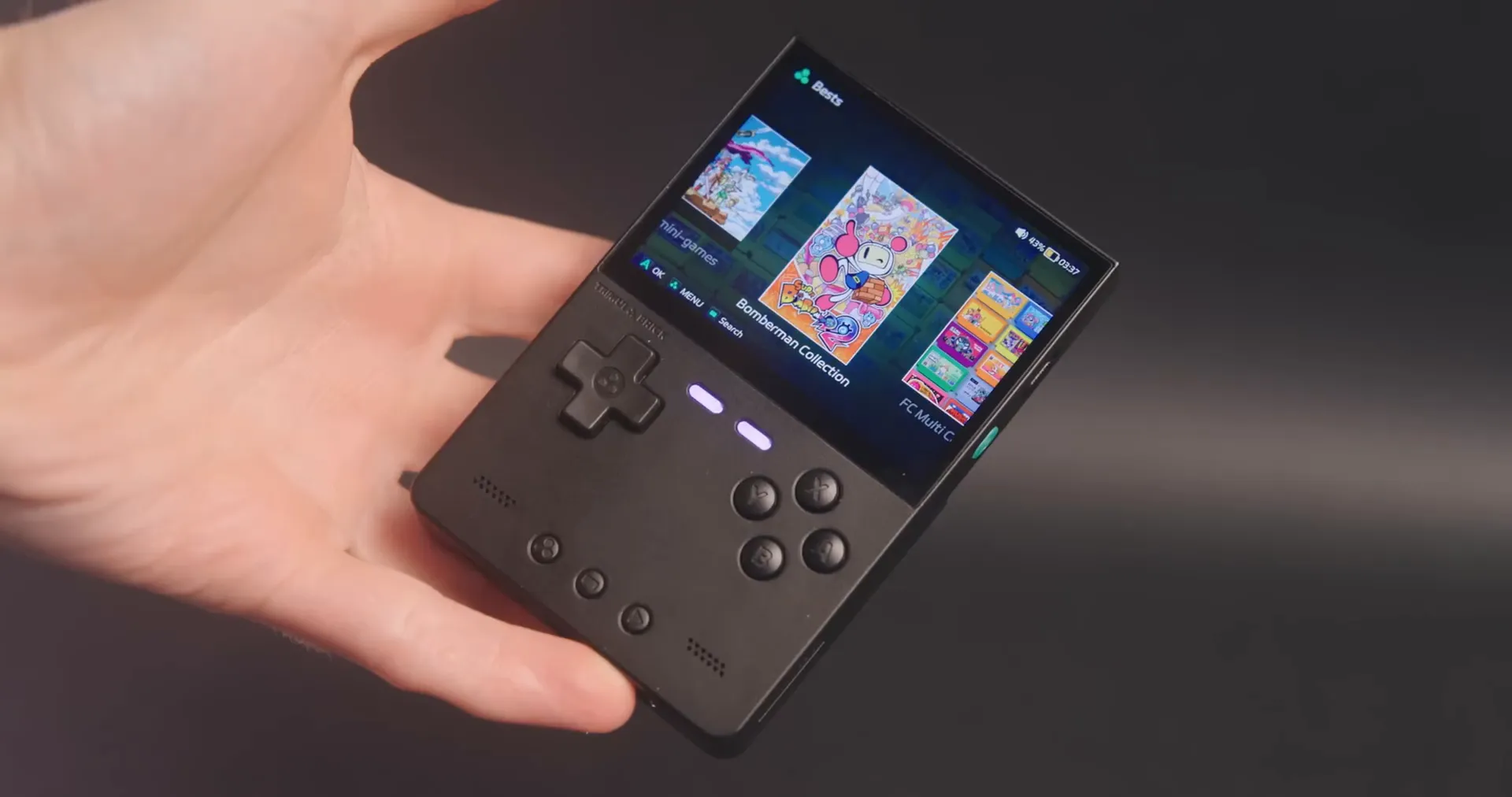
While the screen quality is commendable, some users have pointed out that the initial UI can be off-putting. The default interface is not user-friendly, making navigation somewhat cumbersome. However, once familiarized with the system, users can access their games more easily.
When playing Game Boy Advance titles, the BRICK manages to deliver a crisp image with perfect scaling. This attention to detail enhances the gaming experience, making it enjoyable for long sessions. However, the same cannot always be said for DS games, where the screen layout leaves much to be desired.
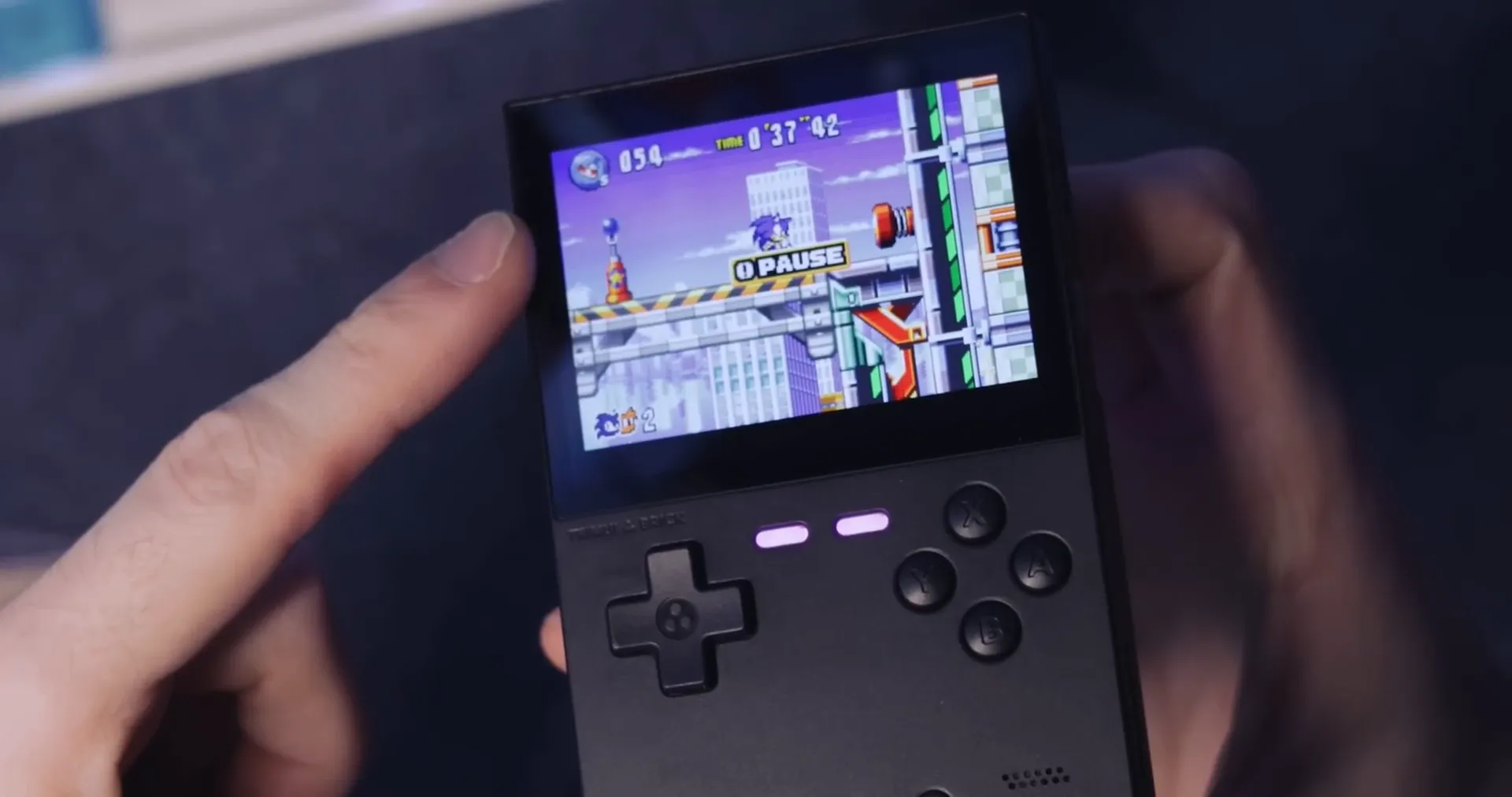
🖥️ User Interface Experience
The user interface of the TrimUI BRICK is one of its weaker aspects. Upon powering it on, users are greeted with a rather basic UI that lacks polish. Navigating through the menu can be a chore, particularly for those who prefer a more intuitive experience.

Despite these challenges, the device does allow users to access a system selection menu, which can make finding games easier. However, setting this as the default view is not straightforward, leading to initial confusion.
Customization options exist, but they are not immediately apparent. The presence of a function key settings app is a positive feature, allowing users to tailor their controls. However, the lack of clear documentation means that many users may not fully utilize these capabilities.
🎮 Testing 3D Games
Testing 3D games on the TrimUI BRICK reveals a mixed bag of results. While some titles perform admirably, others struggle to maintain a smooth frame rate. Games like Sonic Adventure 2 can be played without major issues, although minor graphical glitches may occur.
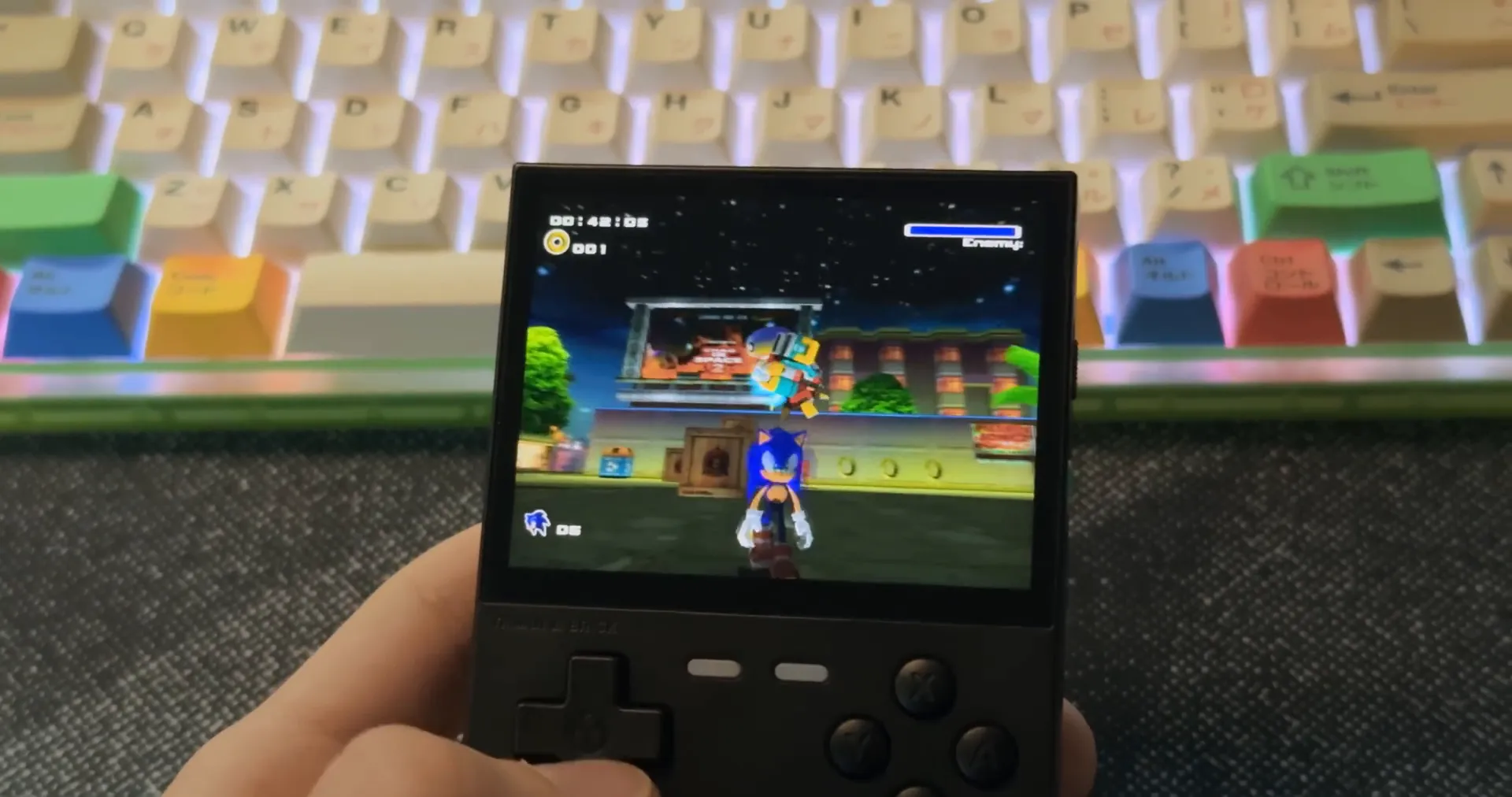
However, when attempting to run more demanding titles like Perfect Dark, users may face significant challenges. The device's emulation core may not be optimized for all 3D games, resulting in loading failures or performance issues.
Overall, while the BRICK can handle many 3D titles, it’s clear that not all games are created equal in terms of compatibility. This inconsistency can be frustrating for users who expect a seamless gaming experience across the board.
📱 Game Boy Advance Performance
The TrimUI BRICK shines when it comes to Game Boy Advance emulation. Titles like Sonic Advance run flawlessly, showcasing the device's capability to handle classic 2D graphics. The aspect ratio is well-maintained, creating a visually appealing experience for gamers.
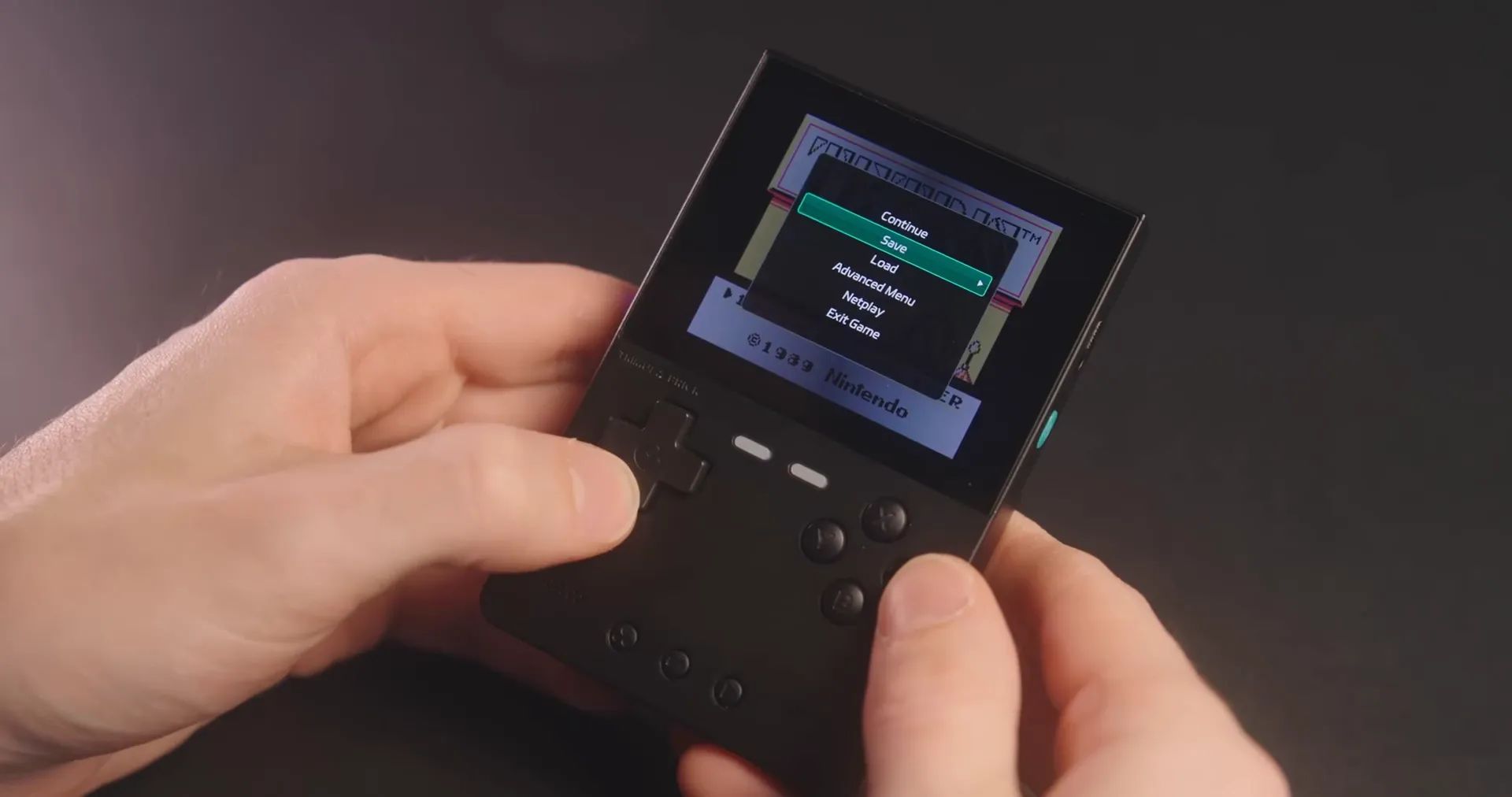
Users have noted that the scaling is nearly perfect, with minimal black borders around the screen. This attention to detail enhances the nostalgia factor, allowing players to fully immerse themselves in the experience.
However, some users have pointed out that while the performance is generally excellent, there are occasional hiccups. These may arise from specific game settings or configurations, but overall, the Game Boy Advance experience on the BRICK is highly regarded.
💔 Nintendo DS Challenges
Despite its strengths, the TrimUI BRICK faces challenges with Nintendo DS emulation. The dual-screen layout can be problematic, as the screens appear too small for comfortable gameplay. Users often find themselves struggling to manage both screens effectively.
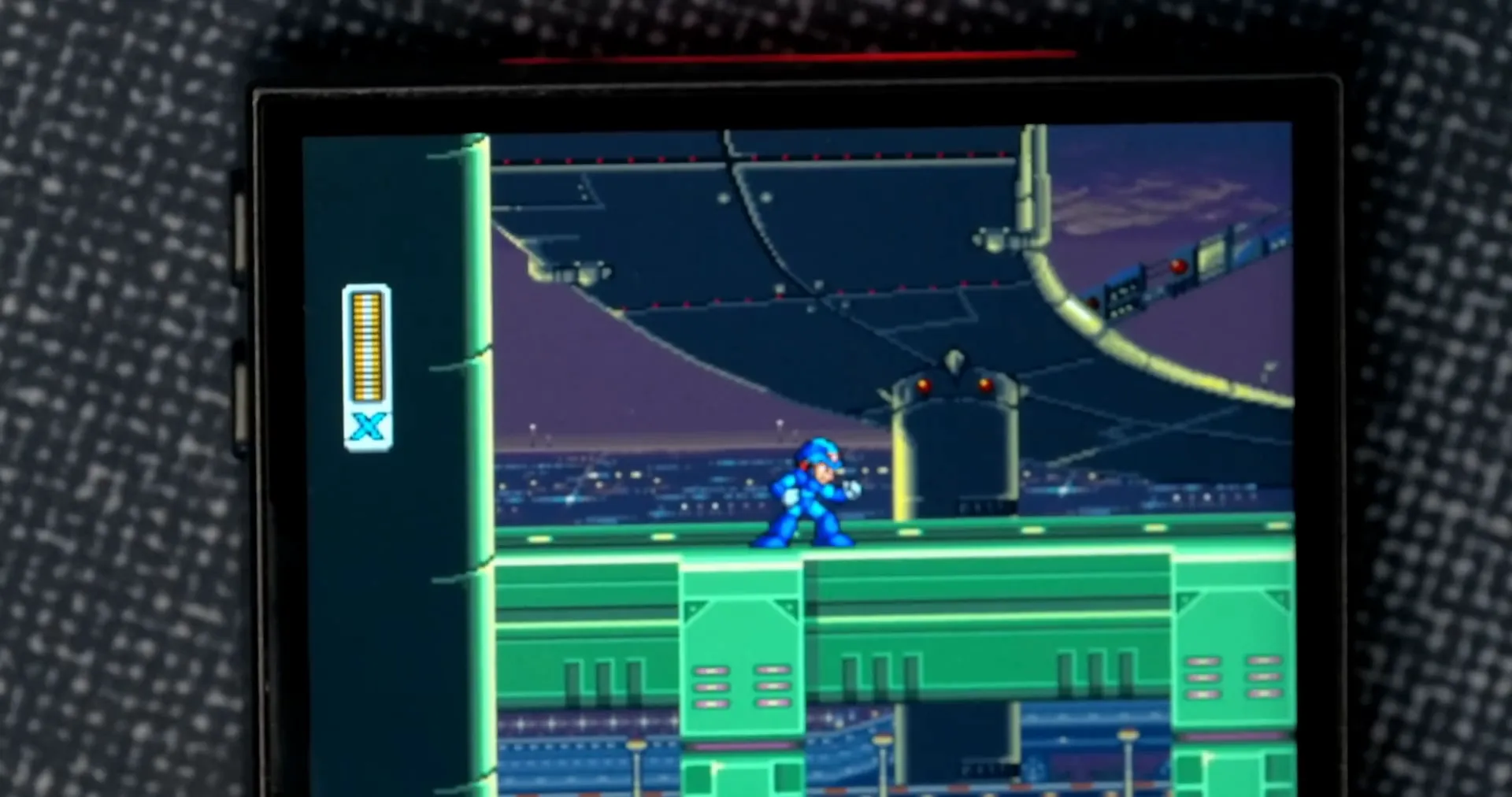
While there are settings to adjust the screen layout, they do not always yield satisfactory results. The scaling options can leave borders around the screens, detracting from the overall experience. This can be particularly frustrating for gamers accustomed to more polished emulation.
Despite these challenges, some creative solutions exist. The automatic screen-switching feature works well for certain titles, providing a smoother experience. However, this is not a universal fix, and many users still express dissatisfaction with the DS emulation quality.
🎮 Super Nintendo Entertainment System (SNES) Performance
The TrimUI BRICK's performance with SNES games is commendable. Titles like Super Mario World and The Legend of Zelda: A Link to the Past run smoothly, providing a nostalgic experience. The high pixel density of the screen reduces scaling issues, allowing for a visually pleasing gameplay experience.
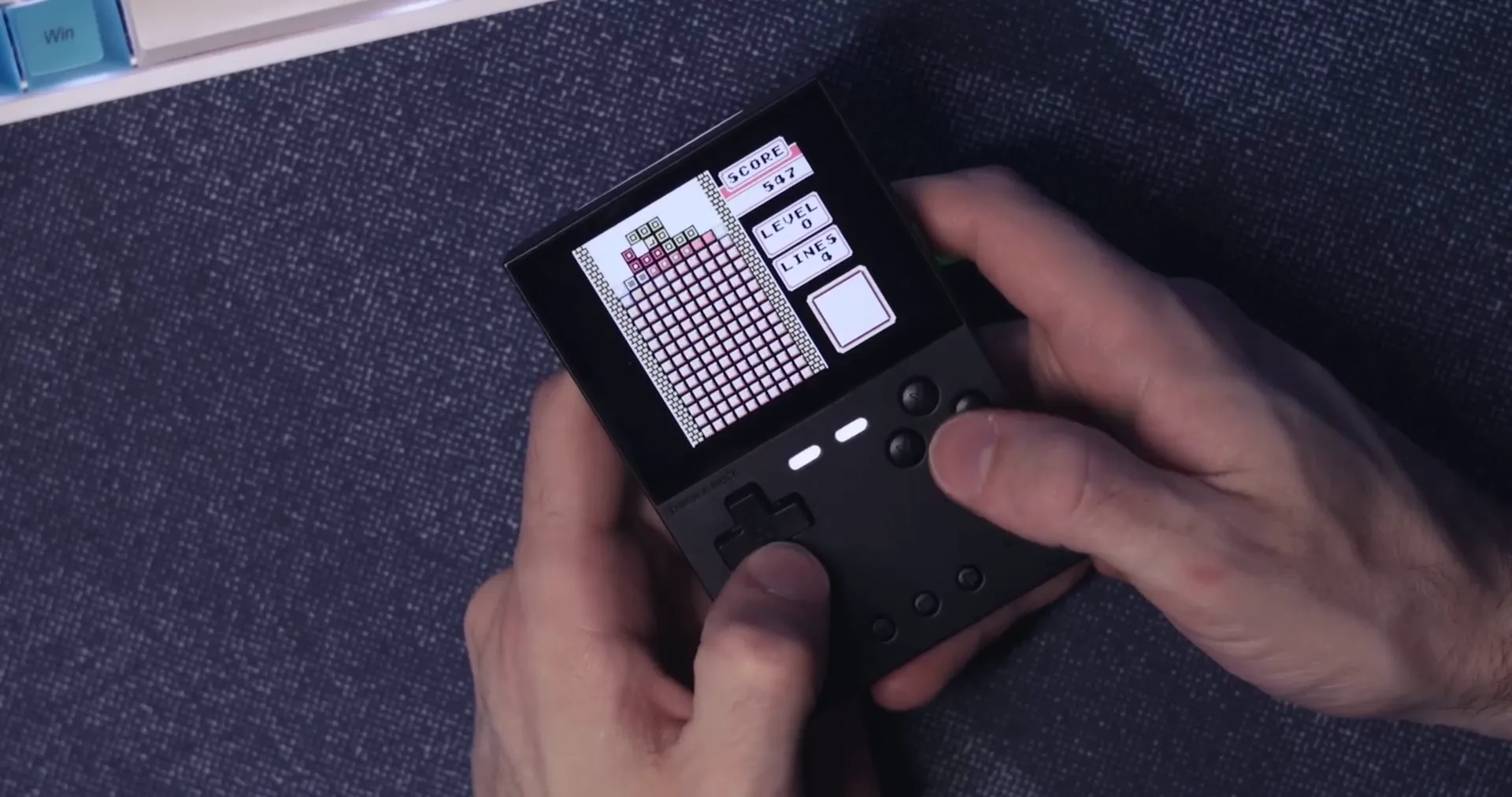
While the default settings may not provide perfect integer scaling, users can easily adjust this in the RetroArch settings. Enabling integer scaling can enhance the visuals, making the games appear sharper and more vibrant. However, the trade-off may slightly reduce the screen size.
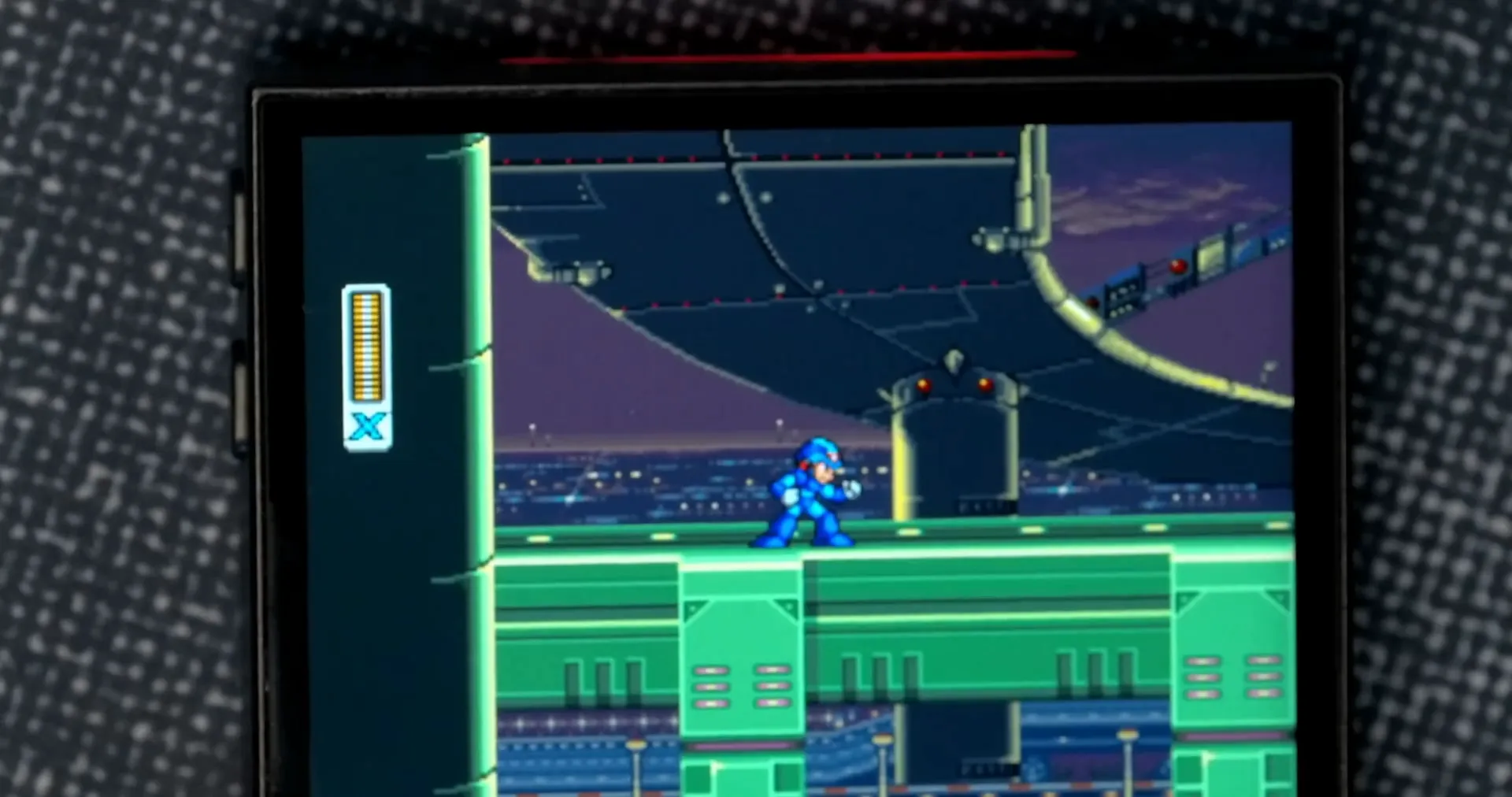
One minor concern is the audio quality, which can occasionally peak during gameplay. While this isn’t a dealbreaker, it’s something to be mindful of, especially for players who appreciate high-fidelity sound. Overall, the SNES experience on the TrimUI BRICK is enjoyable and engaging.
🔊 Audio Quality and Output
The audio performance of the TrimUI BRICK is generally satisfactory, featuring stereo speakers that deliver clear sound. This is a notable improvement over some other handheld devices that often compromise on audio quality. The speakers face directly at the player, enhancing immersion during gameplay.
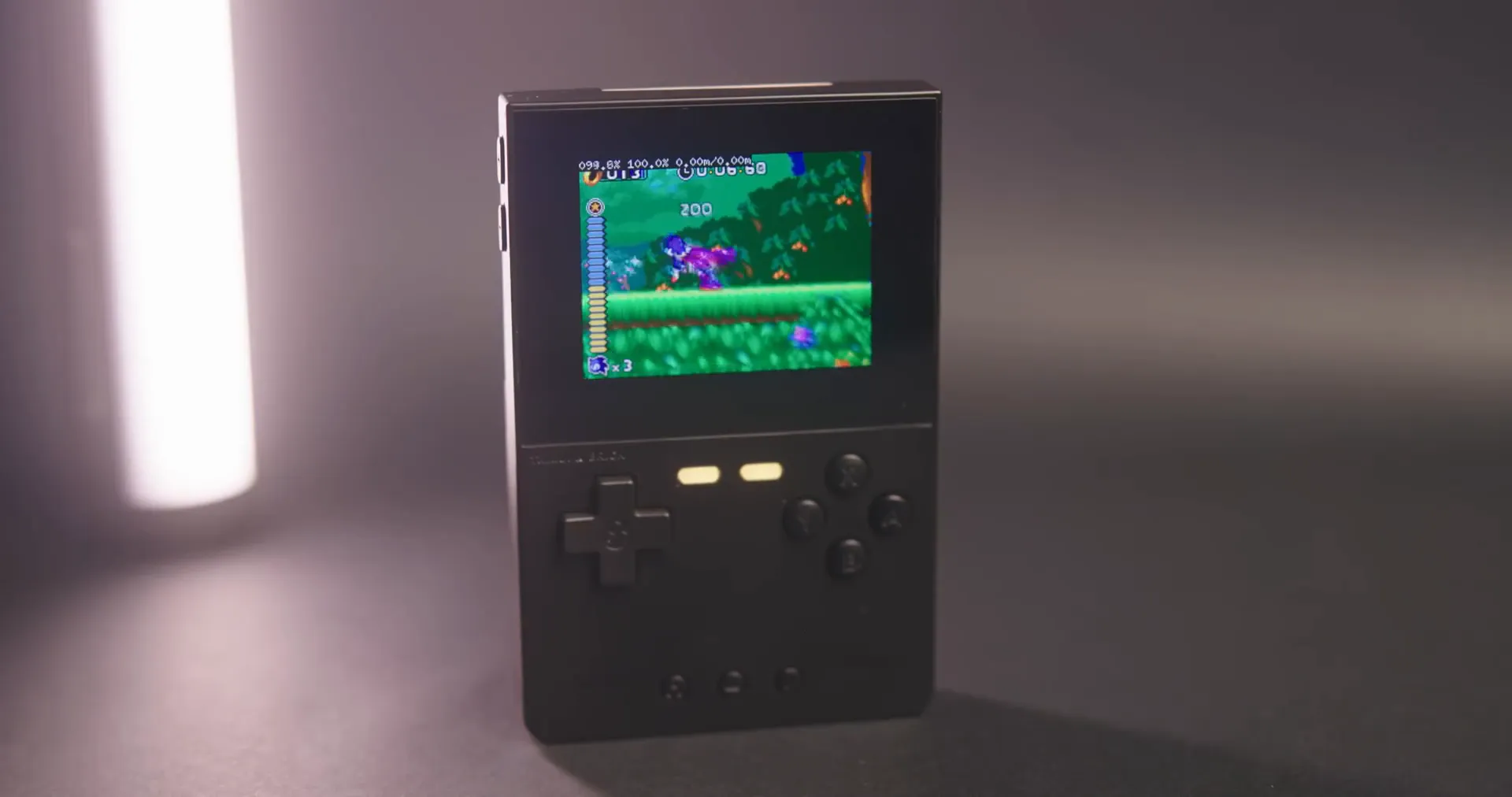
However, there are moments when the audio can become distorted, particularly during intense scenes in games. This distortion can be attributed to either the emulation quality or the speakers themselves. Users may need to adjust the volume levels to find a balance.
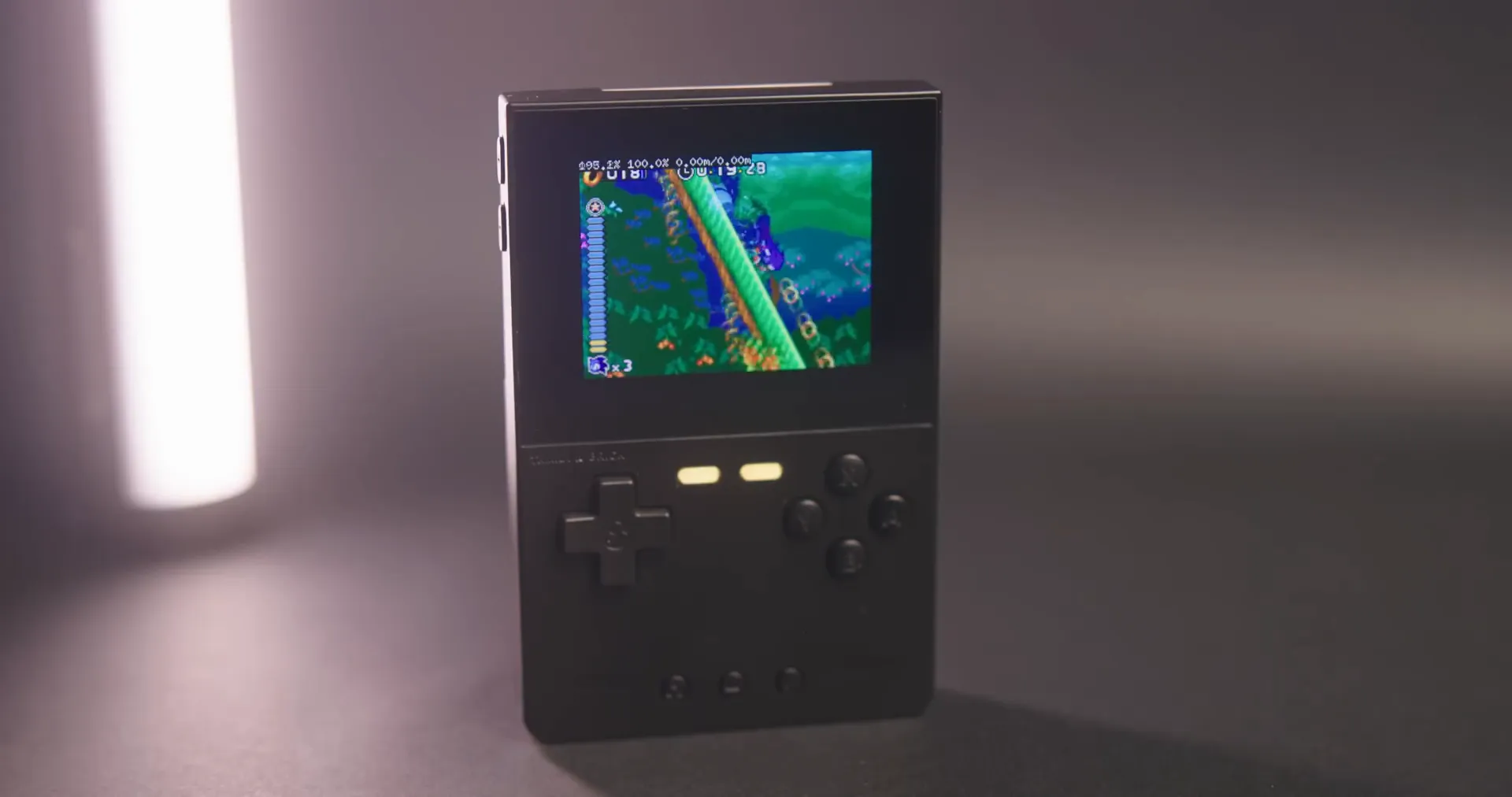
For players looking for an optimal audio experience, using headphones can mitigate some of these issues. The 3.5mm headphone jack provides a reliable connection for private listening, ensuring that the audio quality meets expectations during extended gaming sessions.
🕹️ Nintendo 64 Emulation Experience
N64 emulation on the TrimUI BRICK presents a mixed experience. While some games, like Mario 64, perform reasonably well, others, such as Perfect Dark, struggle to load. This inconsistency can be frustrating for users hoping for a seamless gaming experience across the board.
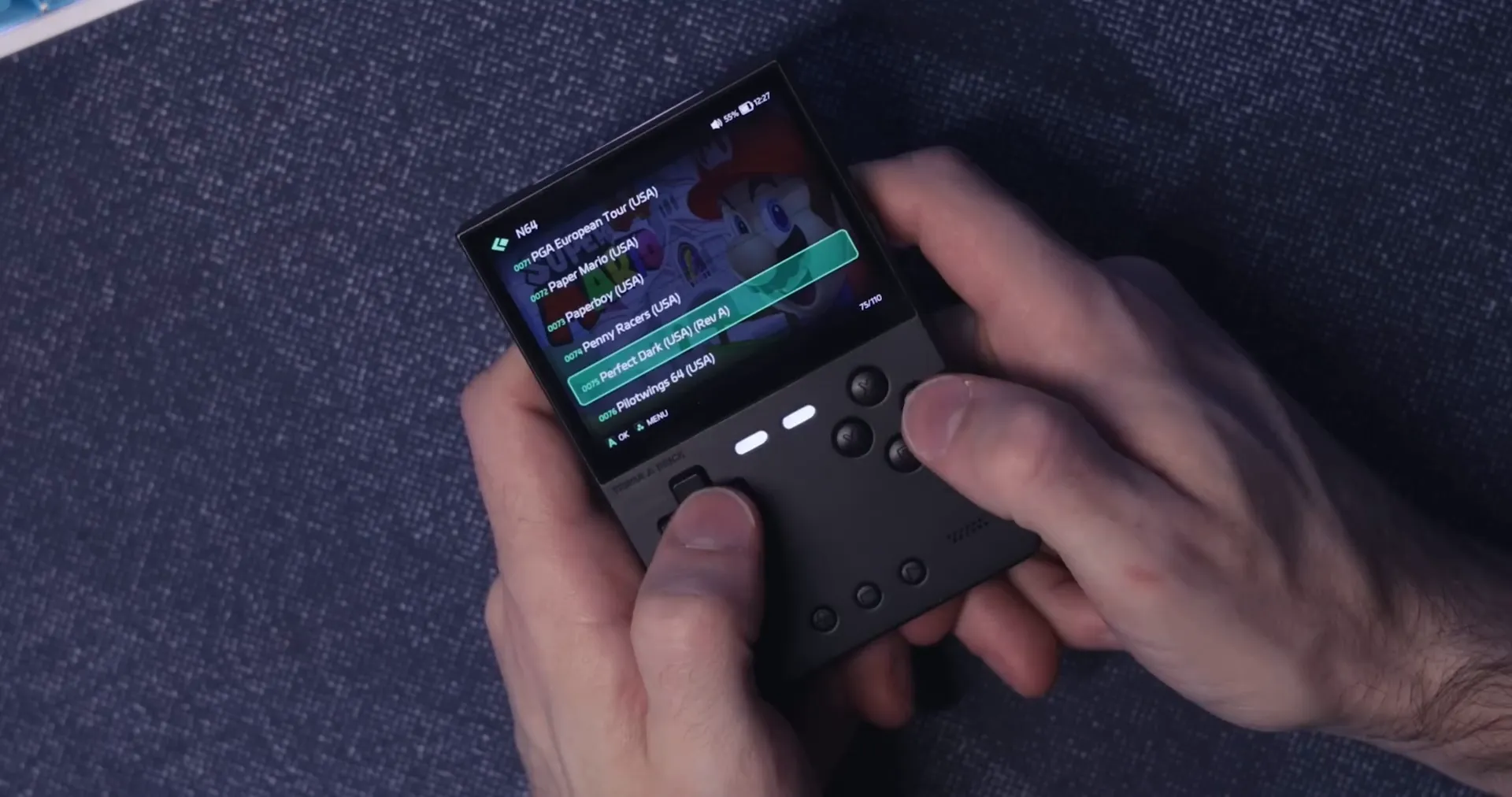
The lack of certain controls, like C buttons and a right stick, poses additional challenges for N64 titles. Some users have found that mapping face buttons to function as C buttons is not straightforward, which can hinder gameplay. This limitation is something that potential buyers should consider.

Despite these drawbacks, titles that do run well showcase the device's capabilities. The graphics and gameplay can be impressive, especially for a handheld of this size. However, players may need to temper their expectations regarding the overall N64 emulation quality.
📱 PlayStation Portable (PSP) Performance
The TrimUI BRICK handles PSP games adequately, allowing users to relive classic titles like God of War: Chains of Olympus and Persona 3 Portable. The performance is generally stable, although there are instances where frame rates dip during action-heavy scenes.

One limitation is the inability to add custom games to the device's stock firmware, which can frustrate users wanting to play their own PSP titles. The device comes pre-loaded with several ports, but the lack of flexibility in adding personal content can be a drawback for some.

While the PSP experience is enjoyable, players should be aware that certain titles may not scale well on the 4:3 aspect ratio screen. This can impact the overall visual experience, making some games appear less than ideal. Nonetheless, for those looking to play PSP classics on the go, the TrimUI BRICK offers a viable solution.
🌐 Wi-Fi and Netplay Capabilities
The TrimUI BRICK includes Wi-Fi functionality, allowing for netplay capabilities. This feature enables players to connect multiple devices for multiplayer experiences, such as trading Pokémon or competing in various games. However, users may find the setup process to be less intuitive than expected.

While the potential for multiplayer gaming is exciting, the reality is that many users may not have access to multiple devices for testing. As such, the effectiveness of this feature remains largely untested for single-device owners. Nonetheless, the option is there for those with friends who also own the TrimUI BRICK.
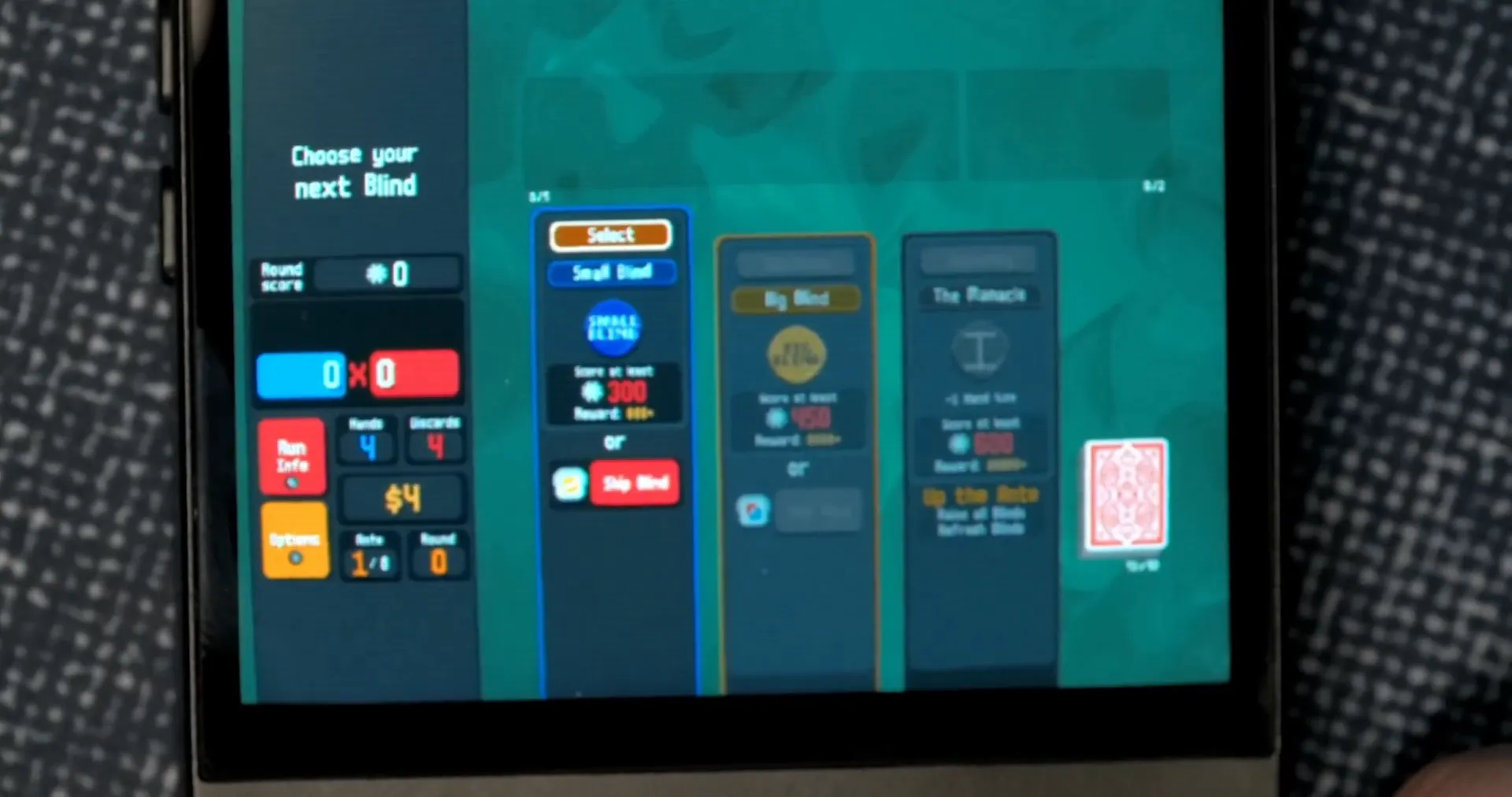
The ability to utilize save states enhances the gaming experience, allowing players to save progress at any point. This feature is particularly useful for challenging games, making it easier to navigate difficult sections without excessive frustration.
💭 Final Thoughts on the TrimUI BRICK
In conclusion, the TrimUI BRICK presents a compelling option for handheld gaming enthusiasts. Its ability to emulate a wide range of systems, including SNES, N64, and PSP, is impressive for such a compact device. While there are some inconsistencies in performance and audio quality, the overall experience is enjoyable.
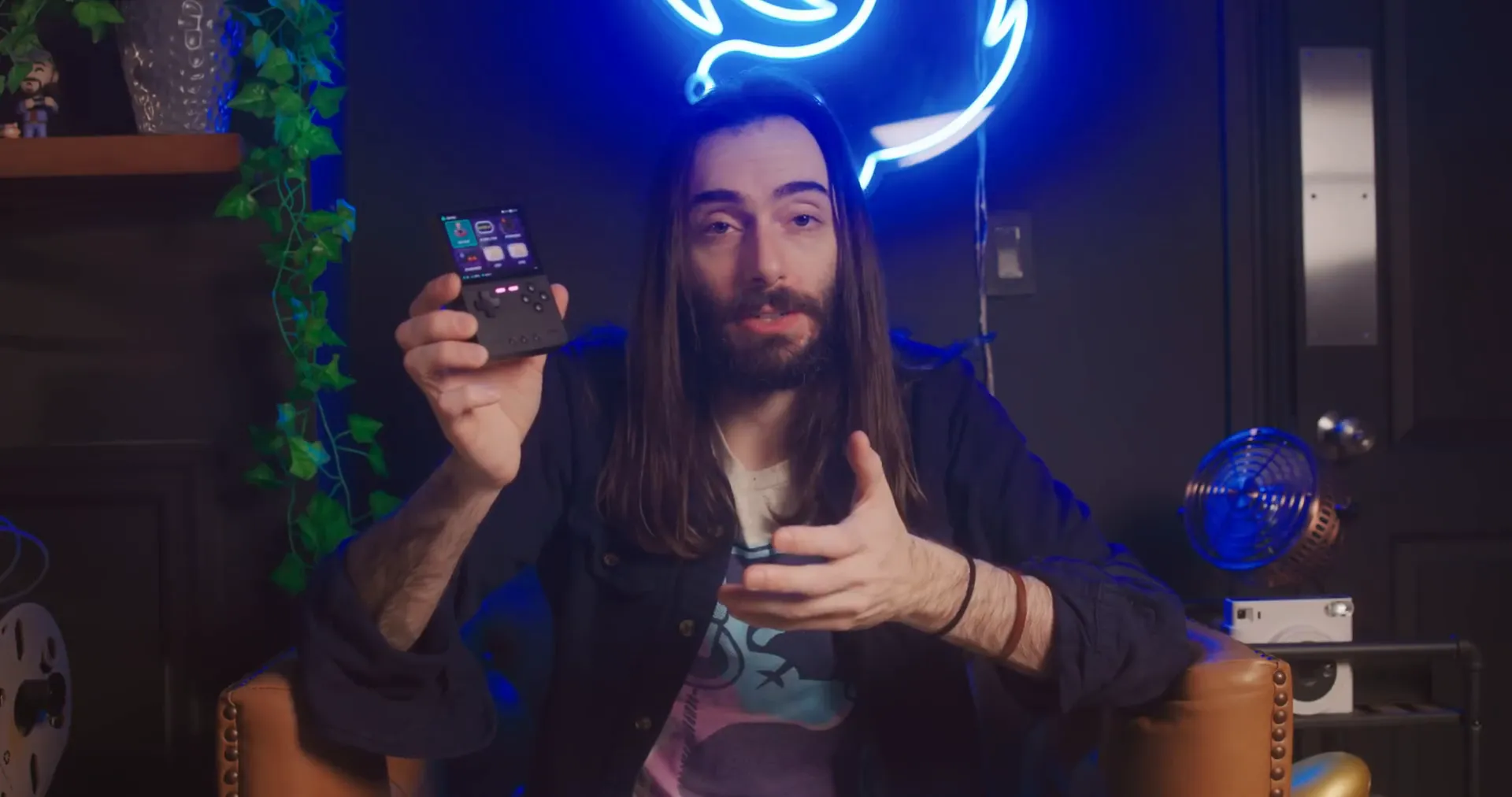
The design is sleek, and the form factor is appealing, making it a great choice for gaming on the go. The presence of customization options, despite some lacking documentation, provides users with the ability to tailor their experience. Overall, the TrimUI BRICK stands as a worthy contender in the handheld market.
📣 Community Feedback and Suggestions
Community feedback on the TrimUI BRICK has been a mix of praise and constructive criticism. Users appreciate the compact design and the range of supported games, but many have expressed a desire for better documentation and clearer instructions for setup and customization.
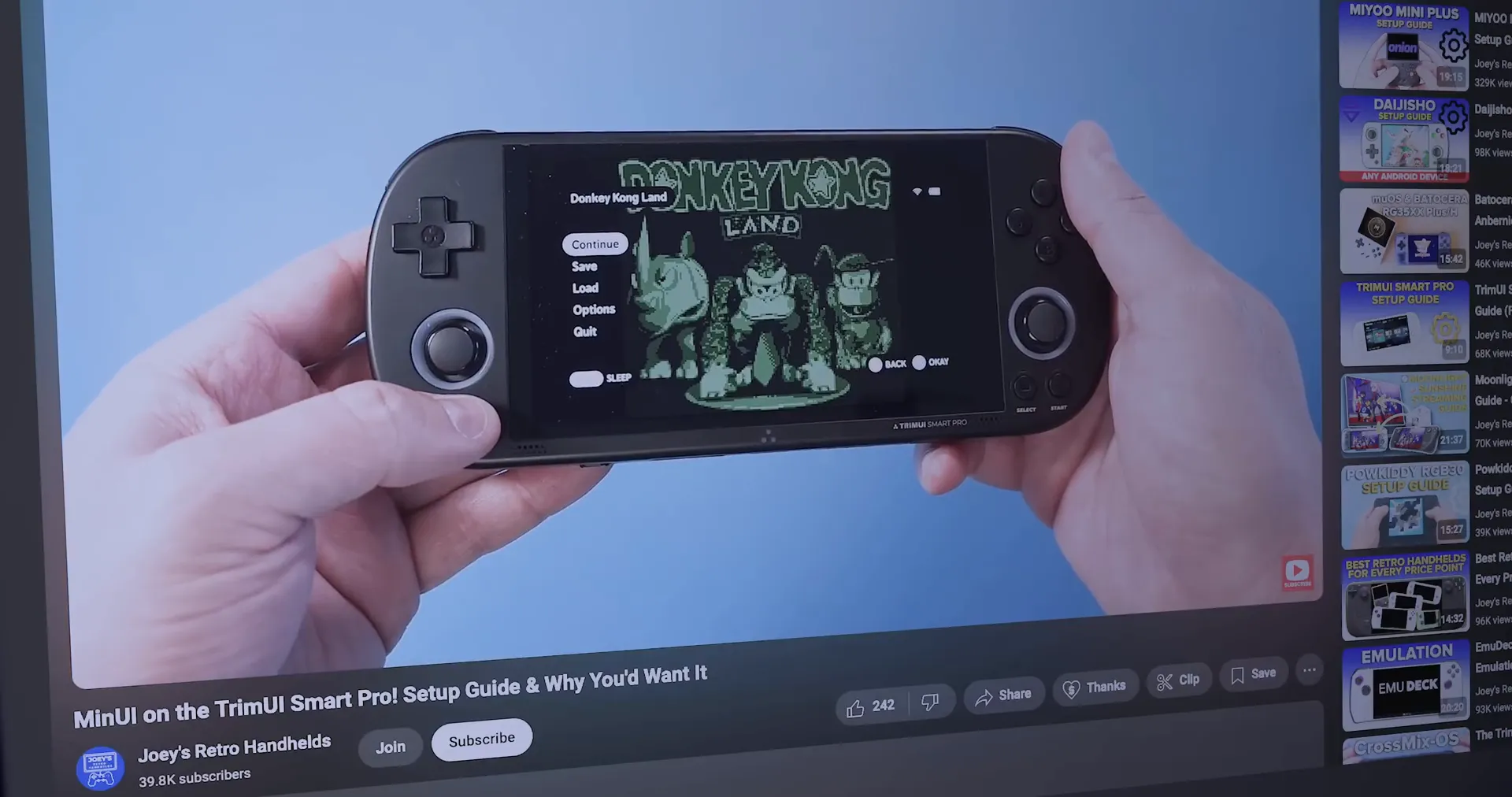
Suggestions for improvement include enhancing N64 emulation and providing more options for customizing controls. Additionally, users are eager for firmware updates that could address some of the current limitations, particularly in audio performance and game compatibility.

As community support grows, it’s likely that more resources will become available, helping users optimize their experience with the TrimUI BRICK. Engaging with fellow gamers and sharing tips can lead to improved gameplay and satisfaction.


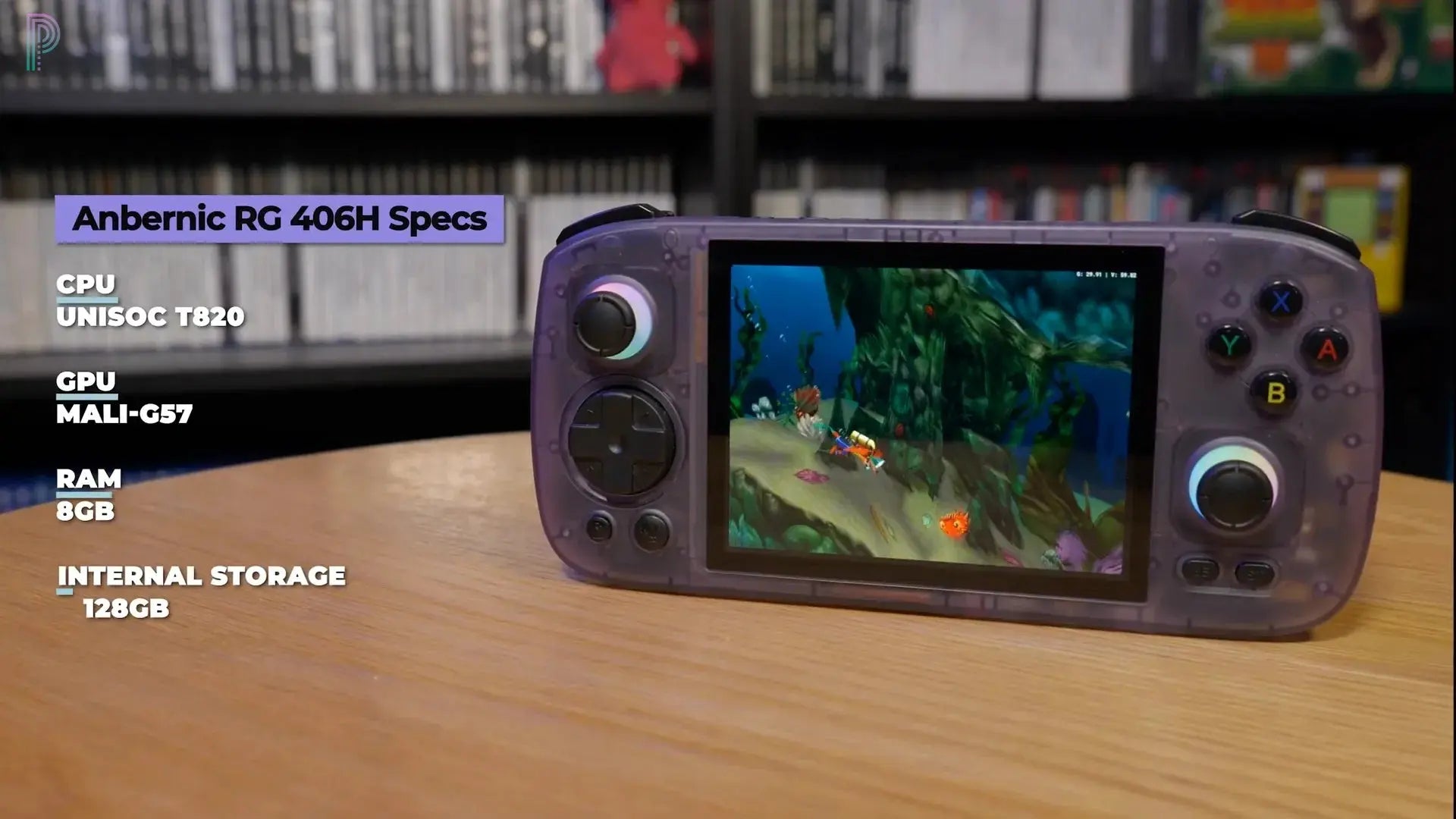
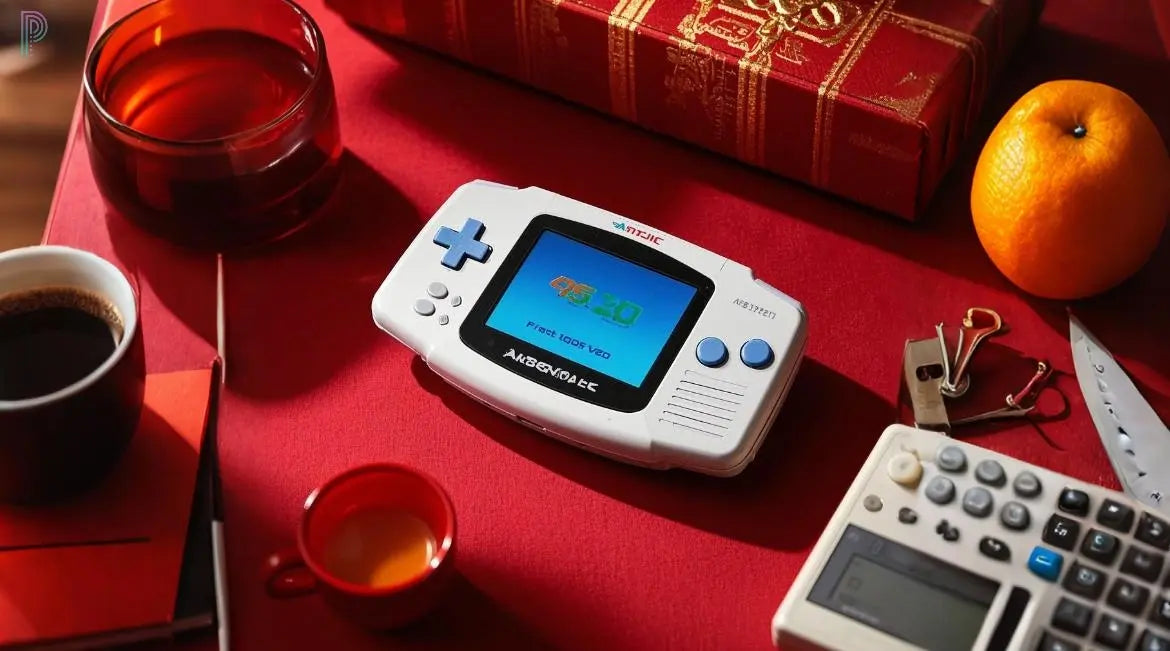
Leave a comment
This site is protected by hCaptcha and the hCaptcha Privacy Policy and Terms of Service apply.